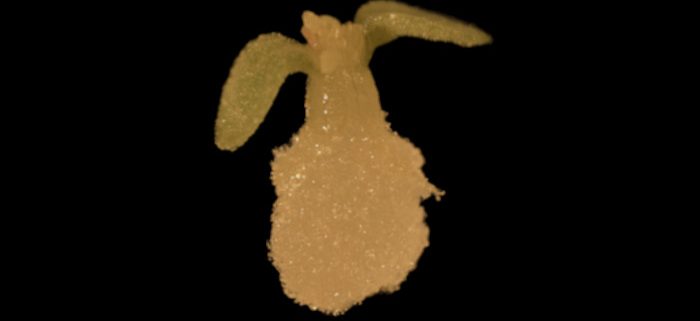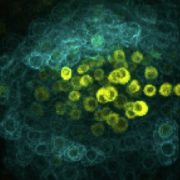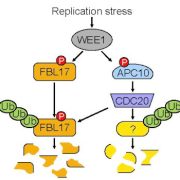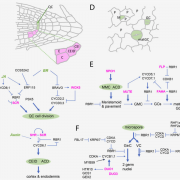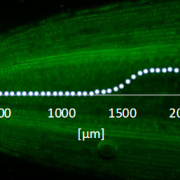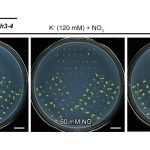Regeneration finds a new friend
Bisht et al. Identify key factors in wound-activated regenerative cell division.
Jefri Heyman1,2 and Lieven De Veylder1,2
1Department of Plant Biotechnology and Bioinformatics, Ghent University, Ghent, B-9052, Belgium.
2VIB Center for Plant Systems Biology, Ghent, B-9052, Belgium.
Background: Plants display an unrivaled ability to regenerate. This allows them to recover from tissue damage (ranging from the death of a single cell to loss of a complete root tip) from harsh weather conditions or herbivore attack. Following damage, plants activate transcriptional cascades that re-activate cell division in the surviving cells, resulting in replacement of the damaged cell or even lost tissues. The Arabidopsis thaliana transcription factor ETHYLENE RESPONSE FACTOR 115 (ERF115) is a key regulator that initiates tissue regeneration together with SCARECROW-LIKE (SCL) proteins.
Question: Although ERF115’s role in the regeneration process is well-characterized, the contribution of the SCL protein partners was less clear, probably due to gene redundancy. Moreover, the molecular mechanism by which these partner proteins aid in regeneration was unclear. We therefore searched for novel ERF115 binding partners and studied their contribution to regeneration.
Findings: Protein-protein interaction studies identified SCL5 as an ERF115 interaction partner, in addition to the known, related proteins SCL21 and PHYTOCHROME A SIGNAL TRANSDUCTION 1 (PAT1). Phenotypic testing of higher-order mutants revealed that these three proteins together are dispensable for development under control growth conditions, but essential for cell renewal following wounding, as their combined knockout results in a complete inhibition of regeneration. Genome-wide expression analysis showed that the DOF3.4 transcription factor acts downstream of ERF115 and the SCL proteins and activates wound-induced cell division by directly stimulating components of the cell cycle machinery.
Next steps: Although some plant species easily and effectively regenerate damaged tissue, other species, including many economically important cereal crops, appear deficient in regeneration. At some point, we aim to translate the knowledge gained in Arabidopsis to crop species with a low regeneration capacity to boost their regenerative capacities.
Reference:
Anchal Bisht, Thomas Eekhout, Balkan Canher, Ran Lu, Ilse Vercauteren, Geert De Jaeger, Jefri Heyman and Lieven De Veylder (2023). PAT1-type GRAS-domain proteins control regeneration by activating DOF3.4 to drive cell proliferation in Arabidopsis roots. https://doi.org/10.1093/plcell/koad028


